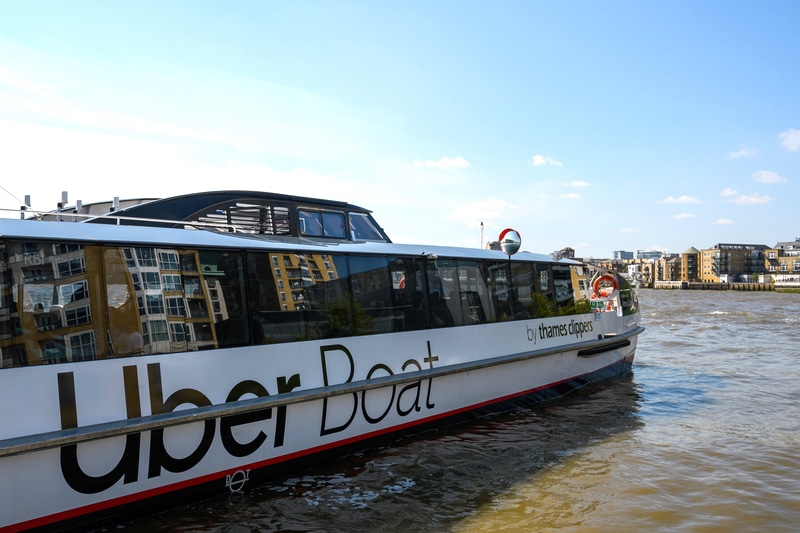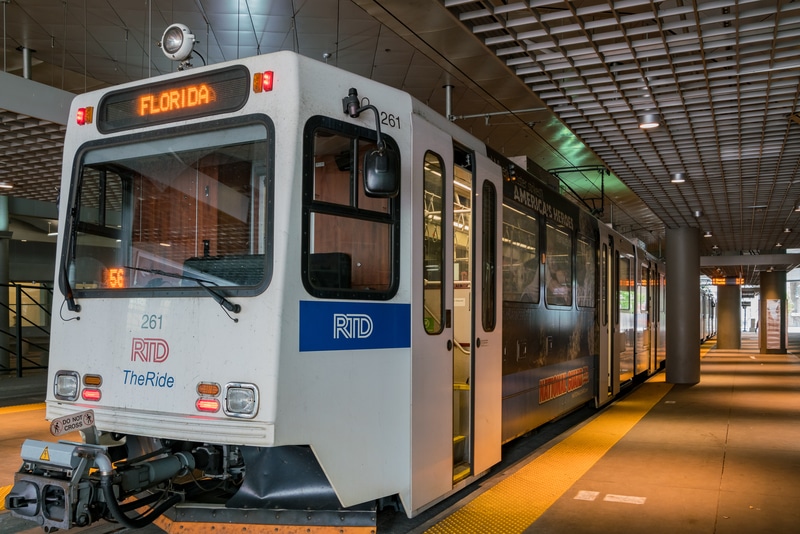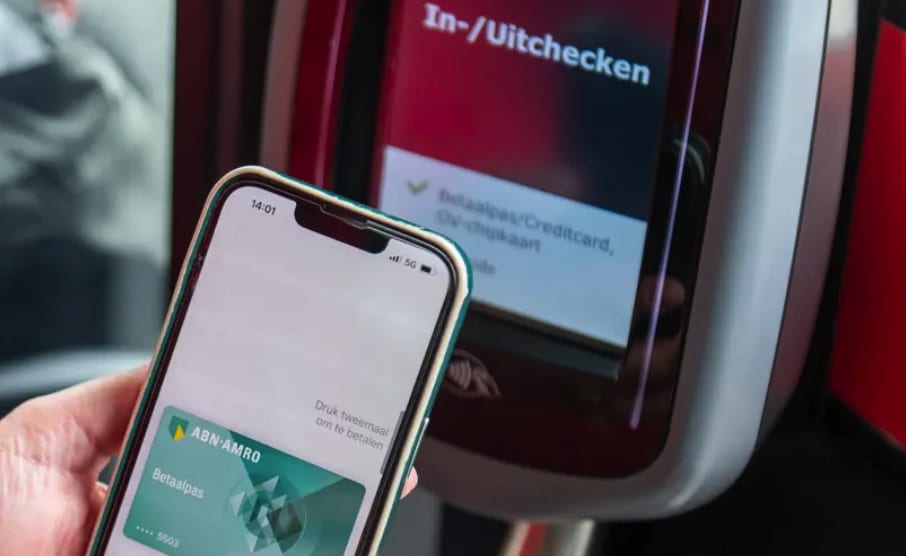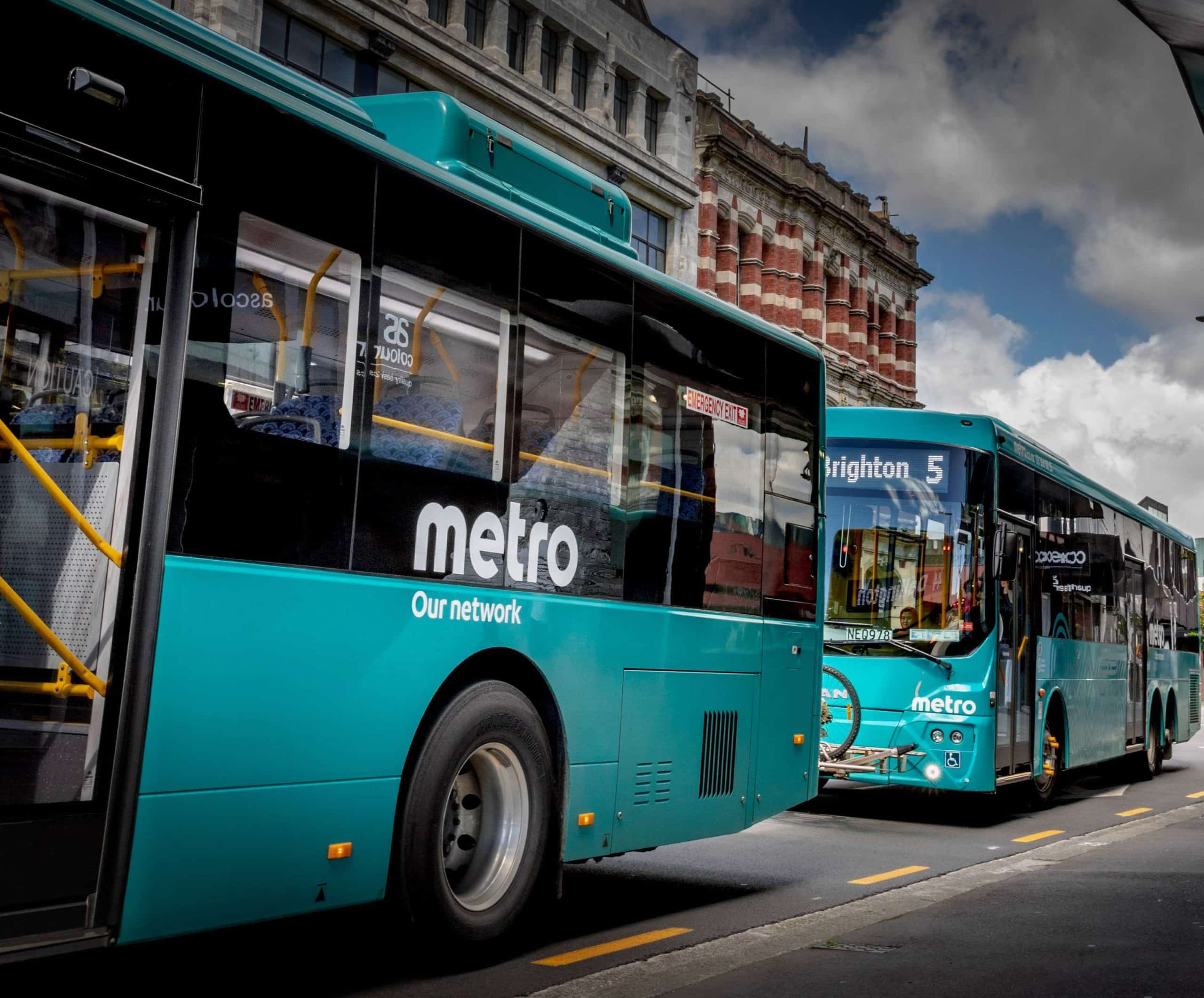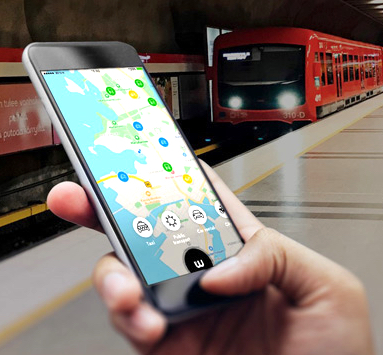
Article Highlights
Experts and members of the mobility-as-a-service ecosystem believe that for MaaS to be successful, some government regulation of the platforms will be necessary.
MaaS revenue–the payments by users to ride transit and use other MaaS services–will hit $52 billion in 2027, projected research firm Juniper. That is up from $405 million this year. The projection for 2020 is around half of what it would have been were it not for the near shutdown of public transit in many cities around the world because of the coronavirus.
• MaaS Global
• Uber
• Lyft
• Grab
• Cubic Transportation Systems
• Masabi
• Secure Technology Alliance
(This premium article was originally published in April 2020. © Mobility Payments and Forthwrite Media.) Government legislation will likely be needed for widespread adoption of mobility-as-a-service, or MaaS, to occur,…








